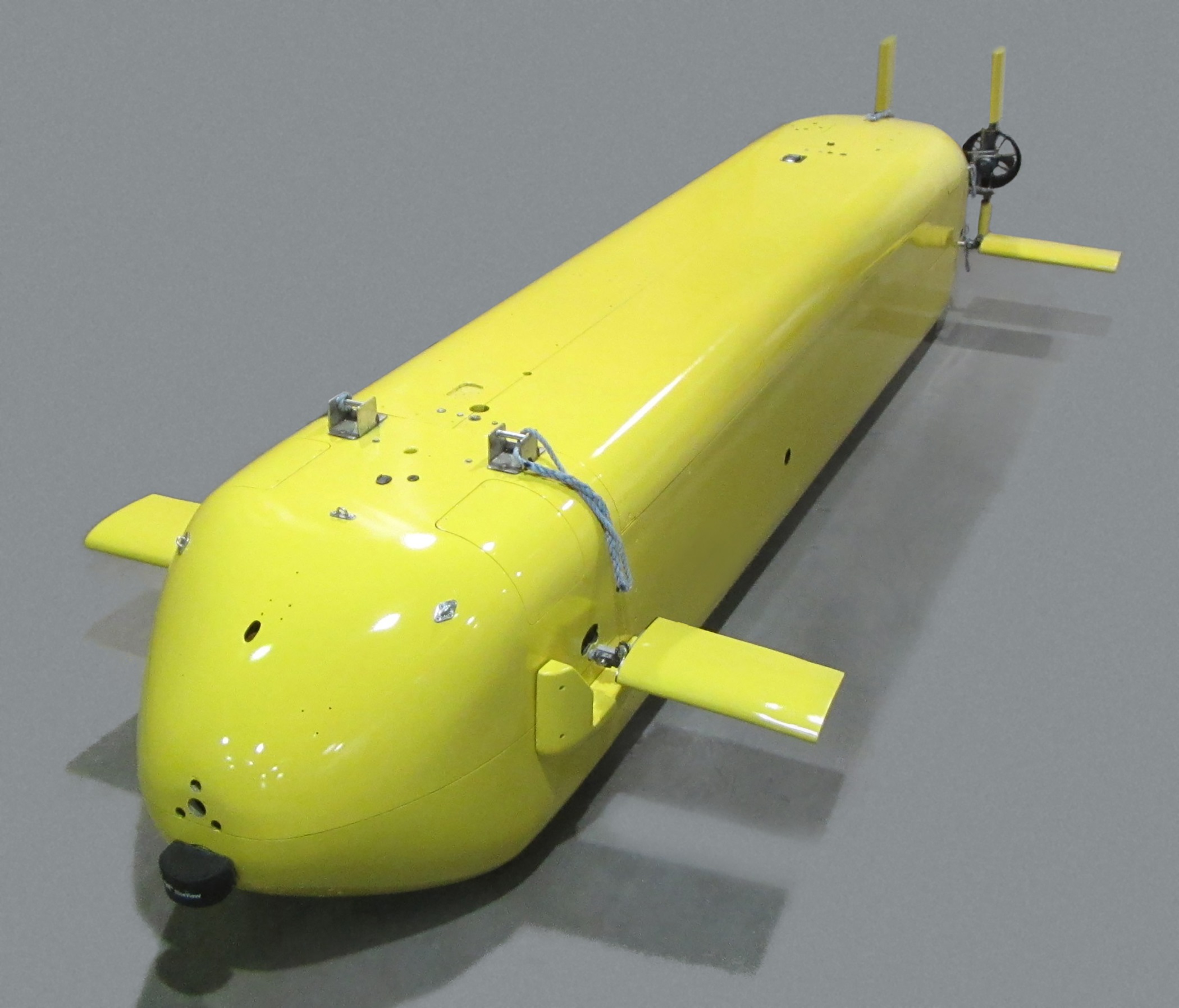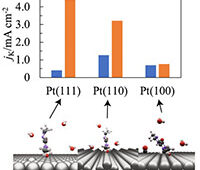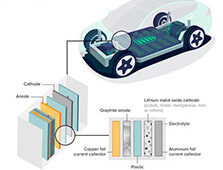
General Motors, the Office of Naval Research and the U.S. Naval Research Laboratory announced June 23, 2016, they are cooperating to incorporate automotive hydrogen fuel cell systems into a next-generation of Navy unmanned undersea vehicles, or UUVs. (Credit: Office of Naval Research)
General Motors will collaborate with the U.S. Navy on an intriguing new project.
The automaker is going to develop a series of hydrogen fuel cells to power an armada of underwater, un-manned drones, according to CNET.
GM has been exploring hydrogen fuel-cell technology for a number of years, but infusing this power source into these drones could benefit the Navy in a number of ways.
Hydrogen fuel cells don’t generate carbon dioxide emissions or noise pollution allowing one of these drones to operate without damaging the environment, wrote Fortune. Also, the drones could function for more than 60 days without needing to recharge, enabling prolonged research expeditions.
“When you look at what the Navy’s trying to do with unmanned undersea vehicles, they’re looking for weeks, if not months of endurance and therefore we require a highly reliable system,” said Karen Swider Lyons, the head of the Naval Research Laboratory’s alternative energy division, during a conference call on Thursday.
“Highly reliable systems can take decades to develop and billions of dollars and we think we’ve found that with our partnership with General Motors,” she added.
The partnership signifies the automaker’s continued interest in testing its fuel-cell technology, especially with the military. Previously, the car company agreed to develop a number of all-terrain, hydrogen powered reconnaissance vehicles for the U.S. army.
Fortune noted that the Naval Research Laboratory had recently tested a prototype built with a GM fuel cell, but results of this trial haven’t been released to the public. Also, no deadline has been set for when these drones would be completed.




